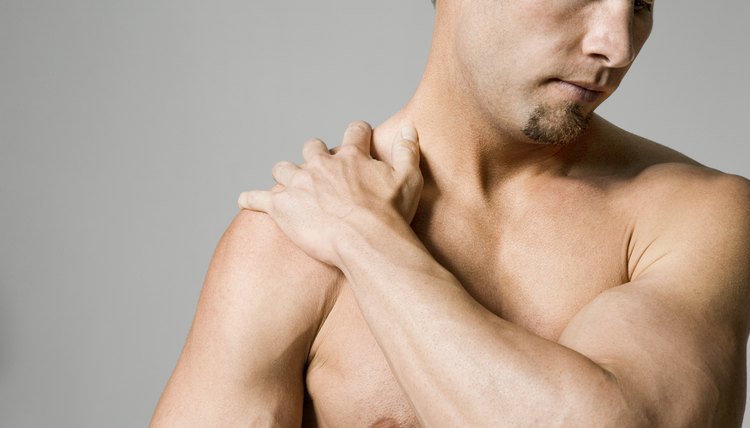Supplements to Relax Tight Muscle

People who work out or use their muscles repetitively on a job can suffer from tight muscles. Muscles also tighten as people get older because they lose muscle mass. Fortunately, there are supplements that help relieve muscle tightness.
Types of Supplements
Magnesium is one of the most effective supplements for relieving tight muscles. Magnesium counterbalances the effects of calcium, which contracts nerves and muscles. Magnesium is a natural muscle relaxant that can be taken by pill, in powder form or absorbed through the skin during Epsom salt baths.
Other Types of Supplements
The primary use of chamomile is as a muscle relaxant, which can help alleviate tight, cramping muscles. Vitamin C and E also contain anti-inflammatory properties that can help assuage muscle tightness.
Effects of Massage Oils
The use of peppermint as a massage oil can be highly effective in relaxing muscles. Wintergreen contains an active ingredient that simulates the effects of cortisone on muscles. Helichrysum and clove can also relieve tight muscles.
Benefits of Vitamin B
An entire host of vitamins and minerals work synergistically to increase vascular efficiency or relieve stress on the body and muscles. Vitamin B complex is one such supplement.
Considerations
In addition to supplements, a person should also consider stretching the muscles more often and exercising to relieve tight muscles. Stretching and exercise increases blood flow, which carries nutrients and oxygen to the muscles for healing.
References
